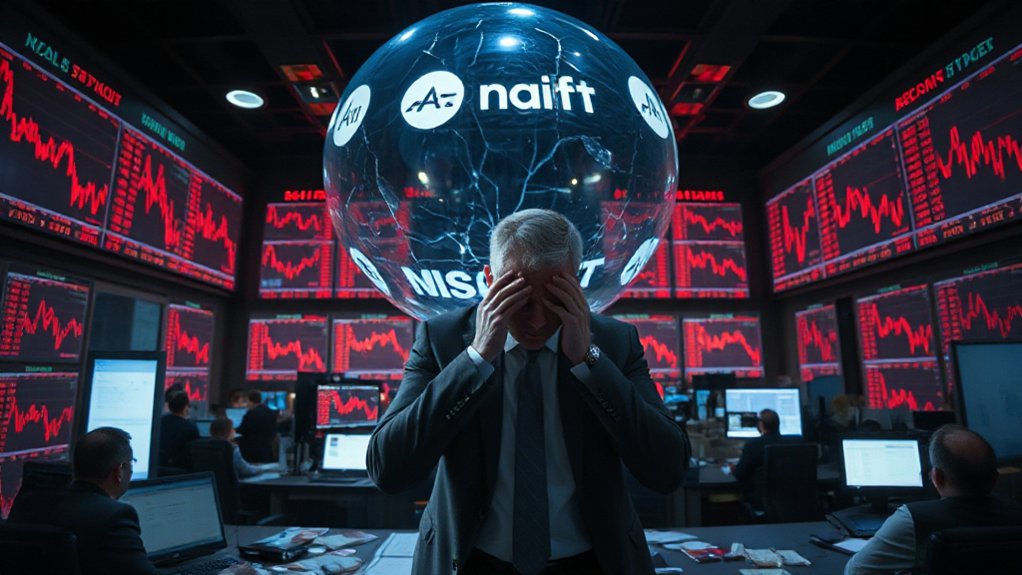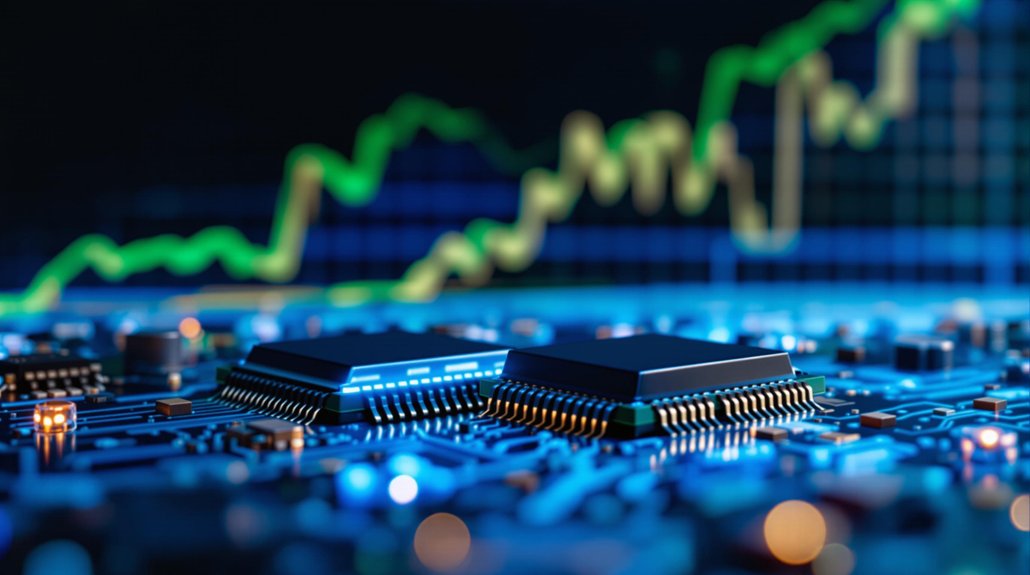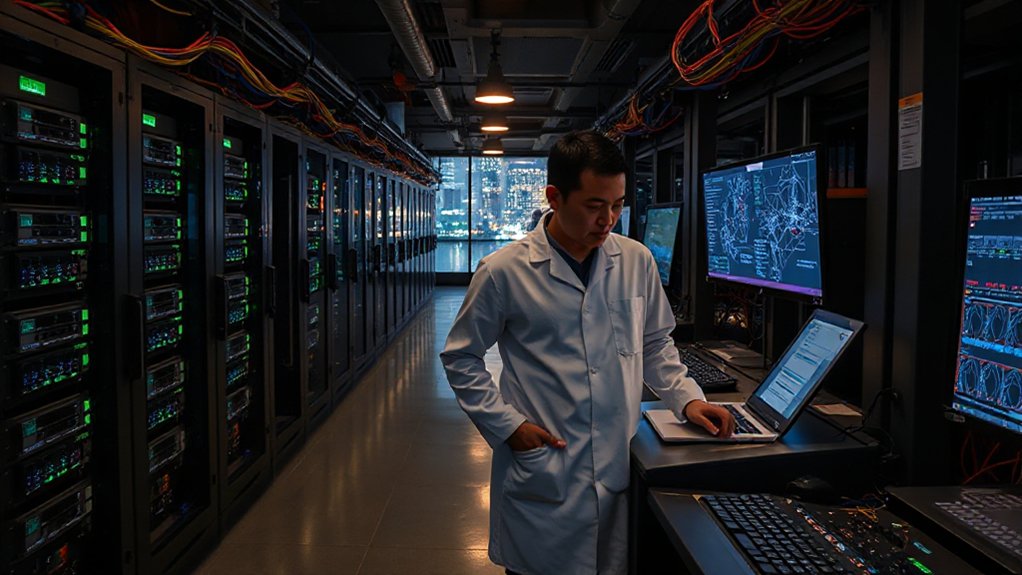As the world races to embrace artificial intelligence, global investors have released an unprecedented wave of capital into AI technologies. Private AI investment in the U.S. has reached $109.1 billion in 2024, far outpacing China’s $9.3 billion and the U.K.’s $4.5 billion. This represents almost twelve times more investment in the U.S. than in China.
The speed of AI adoption is striking. American businesses using AI jumped from 3.7% in 2023 to nearly 10% by September 2025. Globally, business usage rose from 55% to 78% in just one year. Companies planning to adopt AI within six months have more than doubled, from 6.3% to 14.0%.
Some financial experts warn of bubble-like conditions. Tech stocks now make up about 40% of the S&P 500, with valuations described as “stretched.” Some analysts claim the current AI investment frenzy is 17 times larger than the dot-com bubble of the late 1990s. The Bank of England and IMF have warned that a sharp market correction could be coming. This rapid growth in AI investment parallels the past tech sector expansions seen during the 1990s telecommunications boom.
Financial storm clouds gather as tech valuations reach concerning heights, echoing dot-com era warnings.
Most AI investment is going into computing hardware and data centers. Tech giants are spending billions on infrastructure in Europe and elsewhere. Microsoft and Google have announced major data center investments of $5.8 billion in Belgium and similar amounts in the U.K. OpenAI has recently arranged a 300 billion deal with Oracle for data center buildout to support its expanding operations.
There’s some protection against a total crash. Unlike software-only bubbles, today’s AI investments include physical assets that can be repurposed. Nvidia’s GPUs, now central to AI, were originally designed for graphics processing. Data centers can support other computing tasks if AI fails to deliver expected returns. Companies are increasingly adopting AI for data-driven decisions instead of relying on gut instinct when developing their strategies.
Meanwhile, practical AI use is growing rapidly. The FDA approved 223 AI-enabled medical devices in 2023, up from just six in 2015. Self-driving cars now provide thousands of autonomous rides weekly.
Morgan Stanley projects up to $3 trillion could flow into AI over the next three years, suggesting the investment surge isn’t slowing down.
References
- https://www.richmondfed.org/research/national_economy/macro_minute/2025/seeing_double_an_ai_bubble
- https://www.latimes.com/business/story/2025-10-09/is-there-an-ai-bubble-financial-institutions-sound-a-warning
- https://hai.stanford.edu/ai-index/2025-ai-index-report
- https://internationalsocialist.net/2025/10/when-will-the-ai-bubble-burst/
- https://www.morningstar.com/news/dow-jones/202510099427/tech-down-as-ai-frenzy-cools-tech-roundup
- https://www.axios.com/2025/09/09/data-centers-ai-spending-boom
- https://www.morningstar.com/news/marketwatch/20251003175/the-ai-bubble-is-17-times-the-size-of-the-dot-com-frenzy-and-four-times-subprime-this-analyst-argues
- https://www.ey.com/en_us/insights/growth/venture-capital-investment-trends









